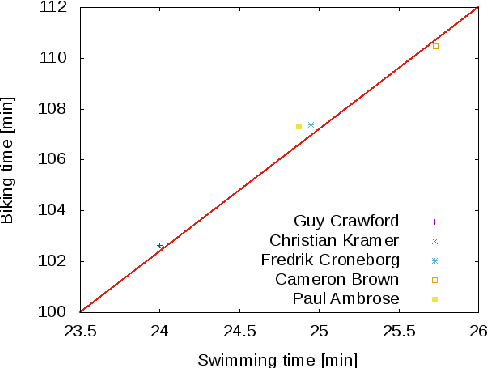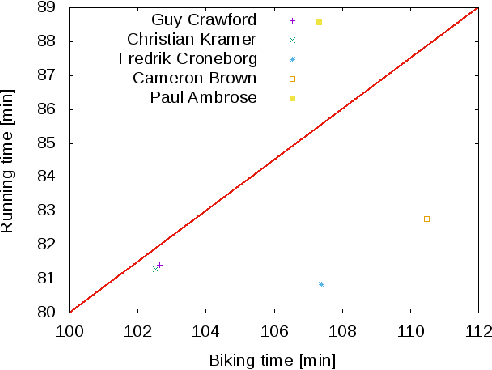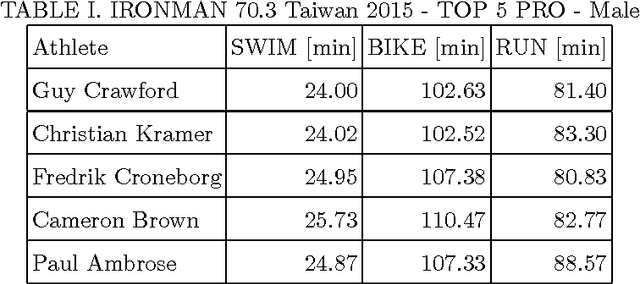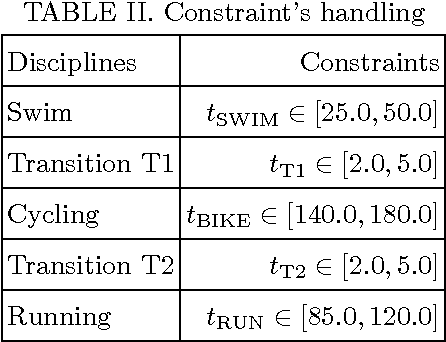Iztok Fister Jr
uARMSolver: A framework for Association Rule Mining
Oct 21, 2020



Abstract:The paper presents a novel software framework for Association Rule Mining named uARMSolver. The framework is written fully in C++ and runs on all platforms. It allows users to preprocess their data in a transaction database, to make discretization of data, to search for association rules and to guide a presentation/visualization of the best rules found using external tools. As opposed to the existing software packages or frameworks, this also supports numerical and real-valued types of attributes besides the categorical ones. Mining the association rules is defined as an optimization and solved using the nature-inspired algorithms that can be incorporated easily. Because the algorithms normally discover a huge amount of association rules, the framework enables a modular inclusion of so-called visual guiders for extracting the knowledge hidden in data, and visualize these using external tools.
Modeling preference time in middle distance triathlons
Jul 03, 2017



Abstract:Modeling preference time in triathlons means predicting the intermediate times of particular sports disciplines by a given overall finish time in a specific triathlon course for the athlete with the known personal best result. This is a hard task for athletes and sport trainers due to a lot of different factors that need to be taken into account, e.g., athlete's abilities, health, mental preparations and even their current sports form. So far, this process was calculated manually without any specific software tools or using the artificial intelligence. This paper presents the new solution for modeling preference time in middle distance triathlons based on particle swarm optimization algorithm and archive of existing sports results. Initial results are presented, which suggest the usefulness of proposed approach, while remarks for future improvements and use are also emphasized.
Using the quaternion's representation of individuals in swarm intelligence and evolutionary computation
Jun 10, 2013Abstract:This paper introduces a novel idea for representation of individuals using quaternions in swarm intelligence and evolutionary algorithms. Quaternions are a number system, which extends complex numbers. They are successfully applied to problems of theoretical physics and to those areas needing fast rotation calculations. We propose the application of quaternions in optimization, more precisely, we have been using quaternions for representation of individuals in Bat algorithm. The preliminary results of our experiments when optimizing a test-suite consisting of ten standard functions showed that this new algorithm significantly improved the results of the original Bat algorithm. Moreover, the obtained results are comparable with other swarm intelligence and evolutionary algorithms, like the artificial bees colony, and differential evolution. We believe that this representation could also be successfully applied to other swarm intelligence and evolutionary algorithms.
 Add to Chrome
Add to Chrome Add to Firefox
Add to Firefox Add to Edge
Add to Edge